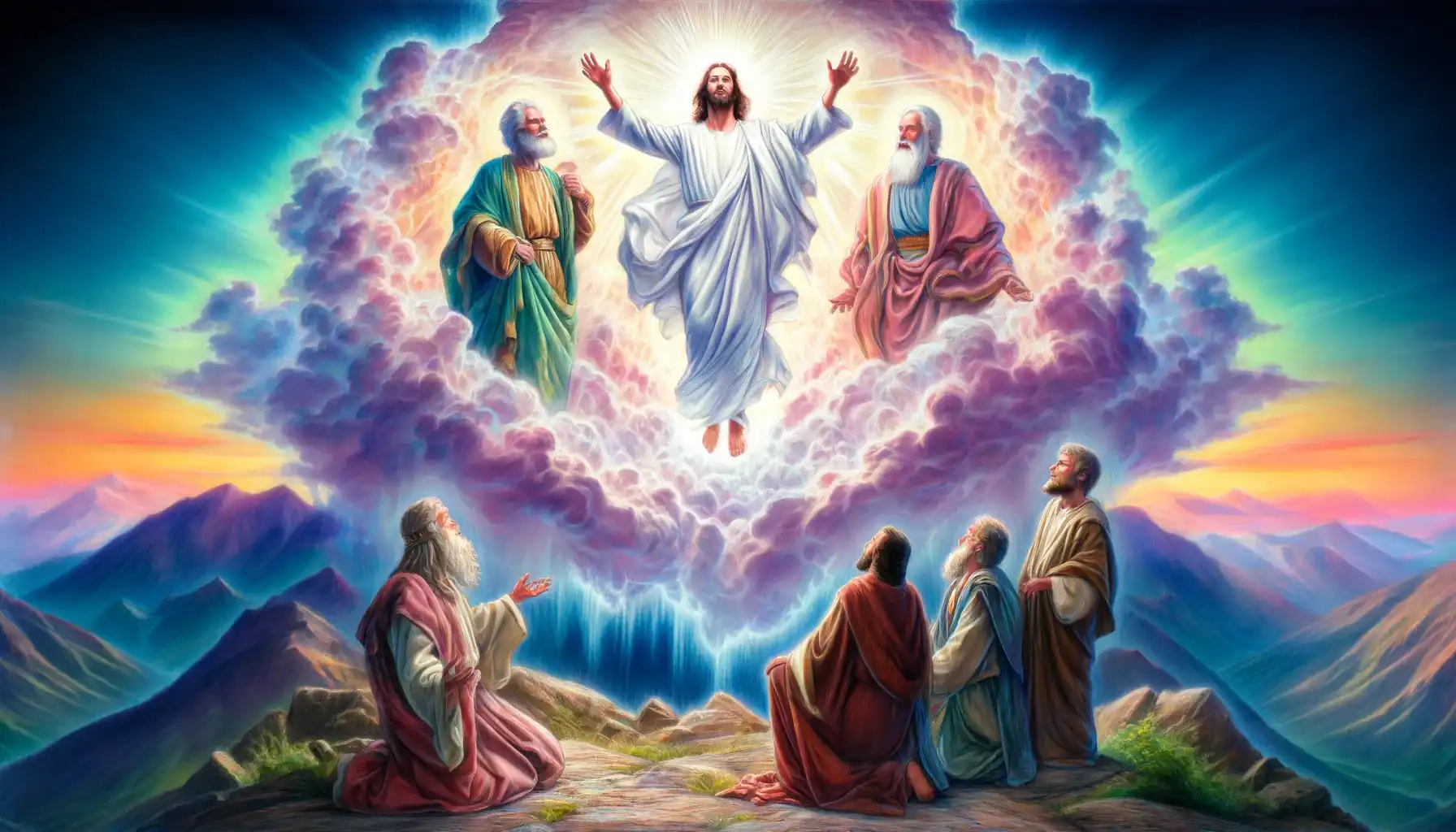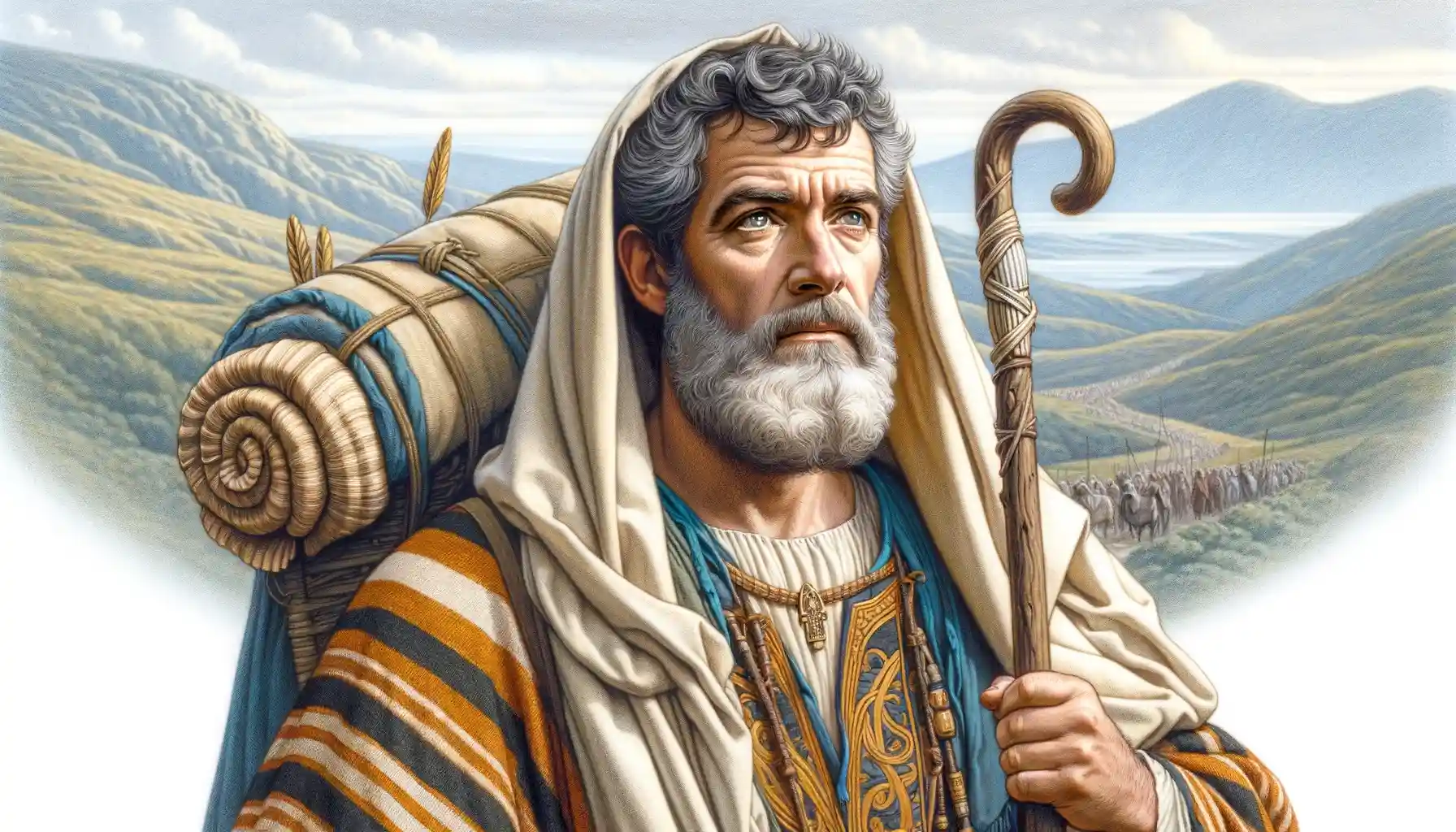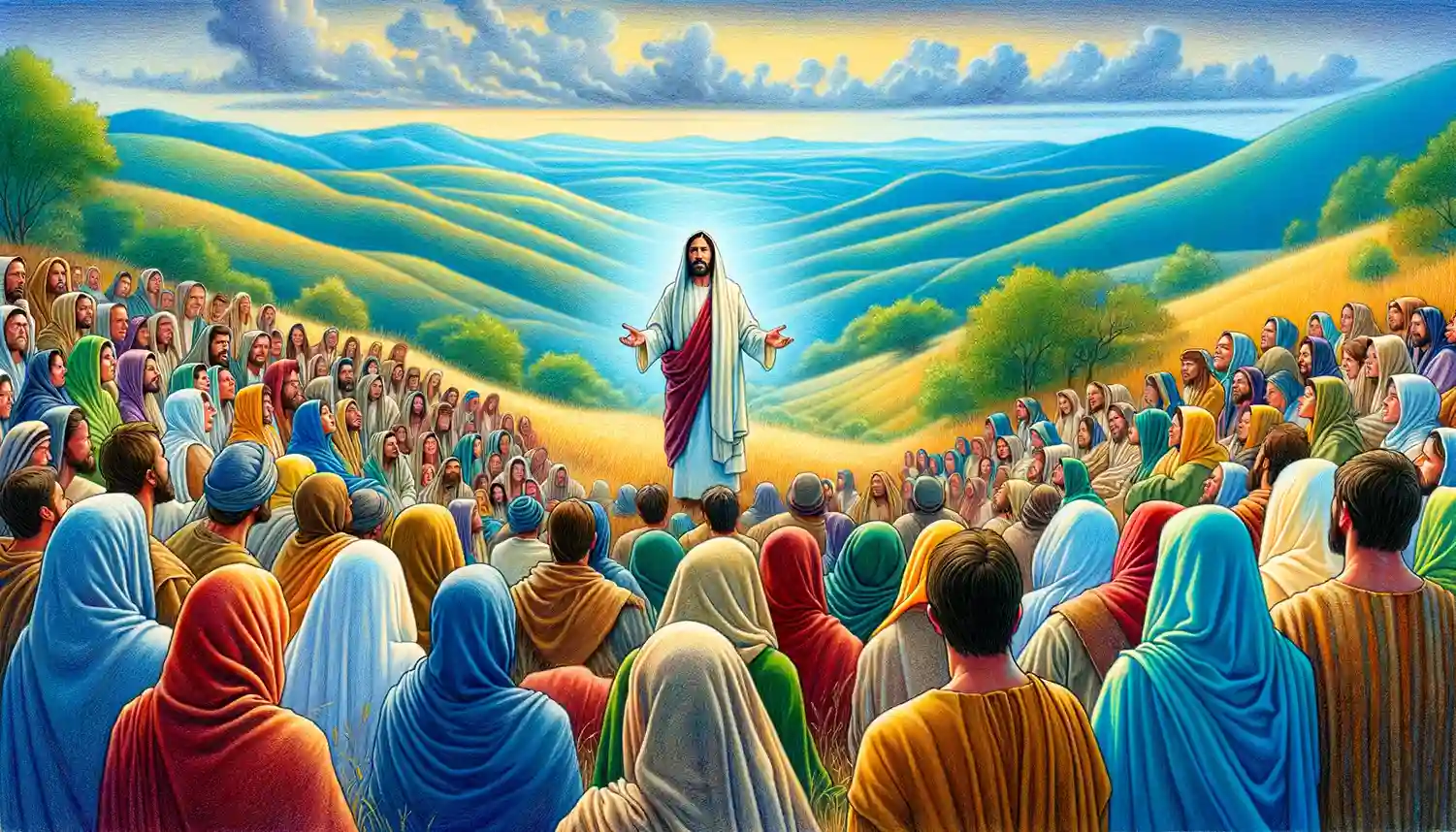The Transfiguration of Jesus is a profound revelation of His divine nature and His fulfillment of the Law and the Prophets. It reaffirms Jesus’ sonship and His mission, providing the disciples—and through the Gospel, all believers—a glimpse of His heavenly glory.
James the Greater, son of Zebedee and brother of John, was one of Jesus Christ’s Twelve Apostles, notable for his fervent faith and passionate devotion, which earned him and his brother the nickname “Boanerges” or “sons of thunder.” He witnessed pivotal events like the Transfiguration and the Agony in the Garden due to his status within Jesus’ inner circle. His ministry was tragically cut short when he became the first apostolic martyr, executed by the sword under King Herod Agrippa I around AD 44, highlighting the dangers faced by early Christian evangelists. Venerated as the patron saint of Spain, James’ legacy continues to inspire through the Camino de Santiago, a major pilgrimage route leading to his shrine in Santiago de Compostela, where he is symbolized by the pilgrim’s hat and scallop shell, reflecting his enduring influence as a spiritual guide and protector of pilgrims.
The Gospel of Matthew is rich in theology and Christology, making it a foundational text for understanding Christian doctrine and the narrative of Jesus’ life as both a fulfillment of and a break from Jewish tradition.



